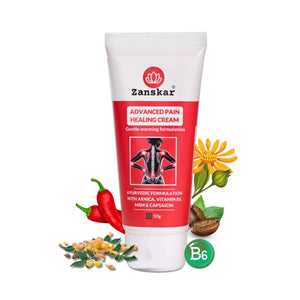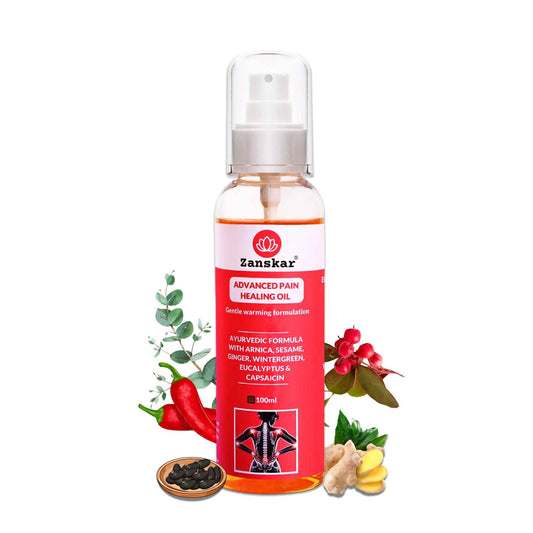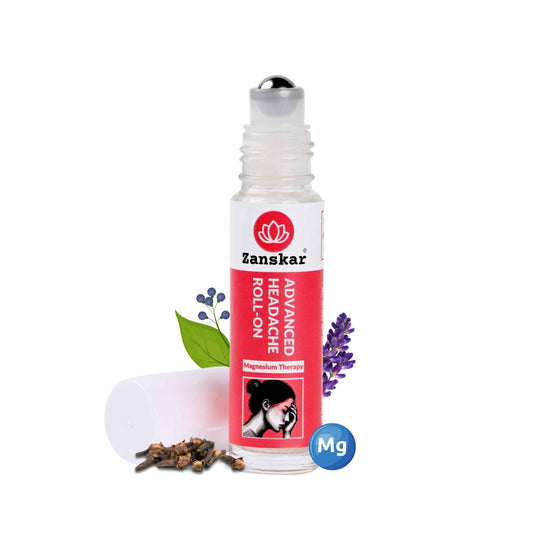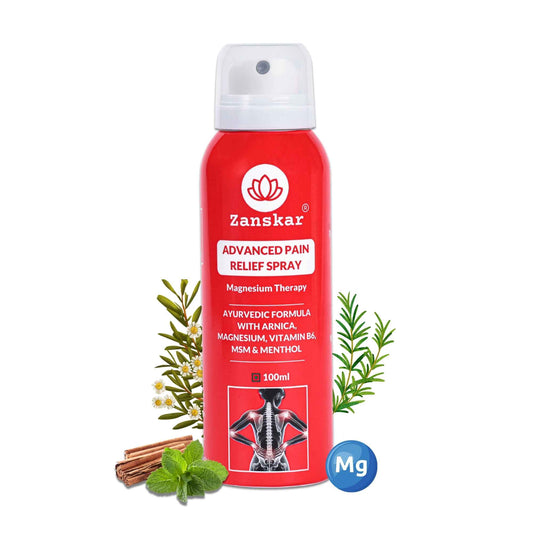
Neck Pain After Driving? Here Is What Actually Works

If you spend a lot of time behind the wheel — commuting, road-tripping, or driving for work — you may notice neck stiffness or pain. According to data, around 80% of professional drivers report neck pain, making it the second most common driving-related complaint after lower back pain.
Here are key reasons why driving strains your neck:
- Prolonged inactivity: Sitting in a fixed posture for long periods means your neck and upper back muscles stay in a static position, making them prone to fatigue and tension.
- Stress and muscle tension: Traffic, tight schedules, aggressive drivers, or just the mental load of navigating roads can cause your shoulder and neck muscles to tense up without you noticing.
- Poor posture and ergonomics: Leaning forward, rounding your shoulders, sitting too far or too close to the wheel, or having the seat reclined incorrectly all force your neck to compensate. That extra effort adds up.
- Rigid hand/arm positions: Gripping the steering wheel tightly or holding your arms in the same place for too long means your shoulder and neck muscles stay activated and tired.

Practical adjustments for your car setup
Small tweaks to how your car seat and steering wheel are configured can make a big difference. Consider the following:
- Adjust your seat so your hips and knees are at about 90 degrees and your feet sit flat on the floor. This supports your lower back which in turn helps your neck.
- Tilt the steering wheel downward so your wrists stay more neutral and your elbows, shoulders and neck can relax.
- Align the head-rest so the middle of your head rests against it rather than pushing your neck forward.
- Use lumbar support – a built-in car lumbar adjustment or a rolled towel/pillow behind your lower back makes a difference.
- Vary your hand positions on the wheel rather than staying at “10 and 2” the whole time. Switching spots uses different muscle groups and eases upper-body tension.
- After you’re seated comfortably, adjust your mirrors last so you don’t have to lean forward or stretch your neck to see clearly.
- Use your rear-view mirror as a posture cue: once you are seated upright with shoulders back and down your mirror view should be clear. If you slump and your view starts to change you know you’ve drifted out of alignment.

Simple exercises you can do before or after driving
To relieve and prevent neck pain linked to driving, here are five gentle but effective movements recommended by physical-therapy professionals:
1. Scapular squeeze: Sit or stand with upright posture, squeeze shoulder blades together for a few seconds and release. Repeat.

2. Chin tucks – Sit tall, gently tuck your chin toward your throat (not forcing) to lengthen the back of your neck and engage deep neck-supporting muscles.

3. Seated deep trap stretch – Sit upright, drop one ear toward the same shoulder side and support the head with your hand to gently stretch the upper trapezius muscle.

You can perform these either before you start driving, during a break, or immediately after you arrive. Regular movement “snacks” every hour help muscles relax and reduce stiffness.
After-drive treatments and relief strategies
If your neck is sore after driving, the following strategies will help accelerate recovery:
- Stay active: Even mild movement such as walking, gentle stretching, or changing posture helps improve blood flow to tense muscle groups.
- Heat or ice therapy: Heat can help relax muscles and improve circulation while ice can reduce inflammation or discomfort after a long drive. Choose what your body responds to best.
- Over-the-counter pain relief: Non-prescription options (like NSAIDs or acetaminophen) or topical analgesics can relieve pain so you can do your exercises more comfortably. Ensure you have no contraindications.
- Consider complementary treatments: If the pain is persistent you might explore massage, acupuncture or chiropractic care. Speak with your provider.
- Consult a professional: If you have severe or worsening neck pain, pain radiating into arms, numbness or weakness, or if your sleep is disrupted talk to a healthcare provider.
How Zanskar Supports Your Neck Pain
At Zanskar Health we emphasise a holistic approach to muscle and joint recovery. If you are dealing with neck tension from prolonged driving, our topical solutions may complement your efforts to restore comfort and mobility.
- Our Zanskar Cream features key ingredients such as vitamin B6, MSM (methylsulfonylmethane), arnica, capsaicin and boswellia. These support muscle and joint recovery by reducing inflammation, aiding tissue repair and offering soothing warmth.
- Our Zanskar Oil, formulated with linseed, capsaicin, ginger, sesame and eucalyptus, offers a warming, penetrating effect that helps ease muscle tightness and supports circulation in the upper back and neck regions.
By aligning ergonomic adjustments, targeted movement and appropriate topical care you create a strong triad for preventing and managing pain.
Final word
Neck pain does not have to be a given if you drive regularly. With smart seating posture, ergonomic awareness, simple movement routines and suitable recovery support you can dramatically reduce discomfort and stay comfortable behind the wheel and after your drive. If you feel persistent or worsening issues do seek help.
At Zanskar Health we believe in empowering you with knowledge and reliable solutions so you can keep moving with confidence and ease.
Learn More About Us
If you have joint pain, muscle pain or headaches that makes it hard to move, Zanskar offers the most advanced full stack pain relief solutions for you.
Now available to purchase, Zanskar® pain-care range have unique bio-active formulations. It provides lasting relief from muscle and joint discomfort that you can feel good about. Get your fix before stocks run out - buy now.
You can also gain access to therapeutic exercises and stretches for your condition by downloading the Zanskar Health physiotherapy mobile app. Additionally, you’ll have a personal care team to guide, support, and tailor our program to you, including behavioral and nutritional coaching.
Download our mobile app here 👉 download and track your exercise streak.
Medical Review: This article is written and medically reviewed by Dr Nishtha Mittal (Senior Health Content Editor at Zanskar Health). This article and its contents are provided for educational and informational purposes only and do not constitute medical advice or professional services specific to you or your medical condition.







